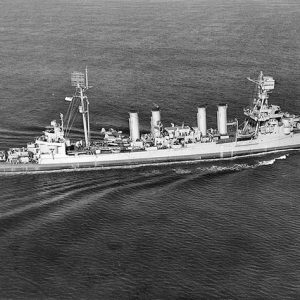 USS Marblehead
USS Marblehead
Entry Type: Thing
 USS Marblehead
USS Marblehead
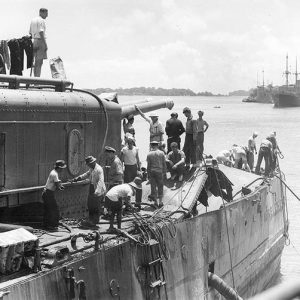 USS Marblehead
USS Marblehead
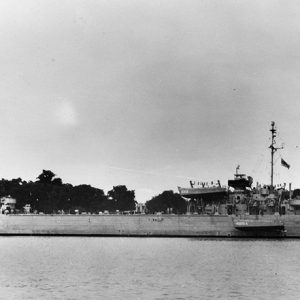 USS Marion County
USS Marion County
USS Marion County (LST-975)
USS Marmora
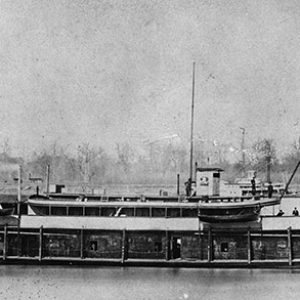 USS Marmora
USS Marmora
 USS Moale
USS Moale
 USS Moale
USS Moale
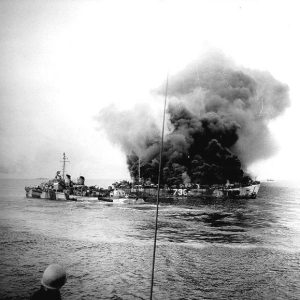 USS Moale
USS Moale
USS Moale (DD-693)
USS Monarch
 USS Monarch
USS Monarch
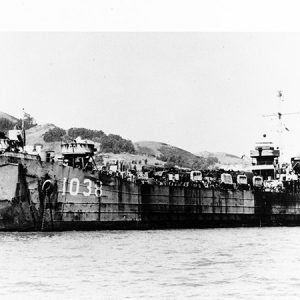 USS Monroe County
USS Monroe County
USS Monroe County (LST-1038)
USS Montgomery County (LST-1041)
 USS Montgomery County
USS Montgomery County
 USS Montgomery County
USS Montgomery County
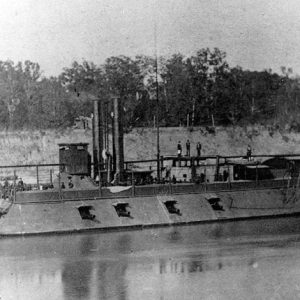 USS Mound City
USS Mound City
USS Mound City
USS New Era
USS Ouachita County (LST-1071)
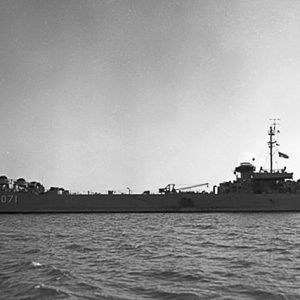 USS Ouachita County (LST-1071)
USS Ouachita County (LST-1071)
 USS Ozark (M-7)
USS Ozark (M-7)
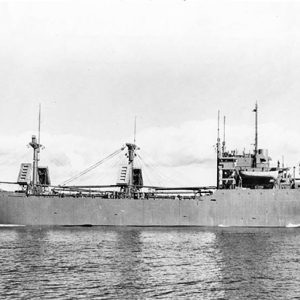 USS Poinsett
USS Poinsett
USS Poinsett (AK-205)
USS Polk County (LST-1084)
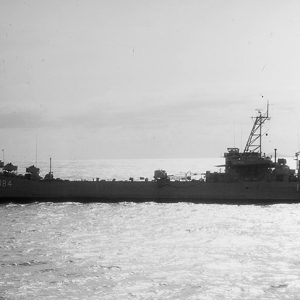 USS Polk County
USS Polk County
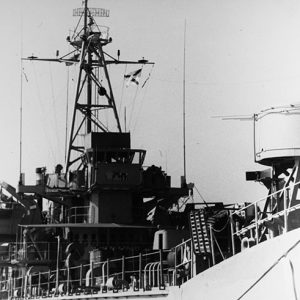 USS Polk County Bridge
USS Polk County Bridge
 USS Polk County
USS Polk County
 USS Prairie Bird
USS Prairie Bird
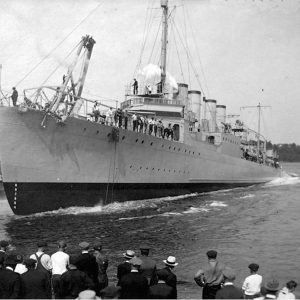 USS Pruitt
USS Pruitt
USS Pruitt
USS Pulaski County (LST-1088)
 USS Pulaski County
USS Pulaski County
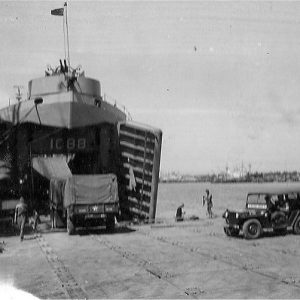 USS Pulaski County
USS Pulaski County
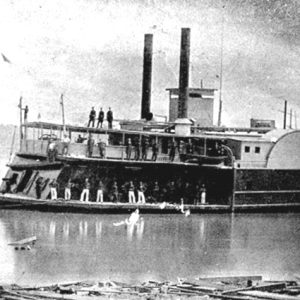 USS Queen City
USS Queen City
USS Queen City
USS Rattler
 USS Rattler
USS Rattler
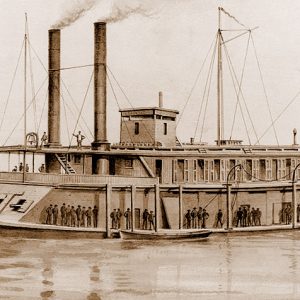 USS Rattler
USS Rattler
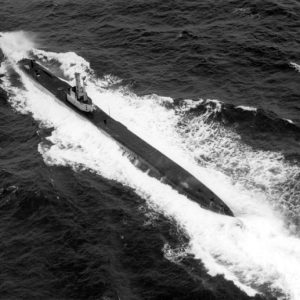 USS Razorback
USS Razorback
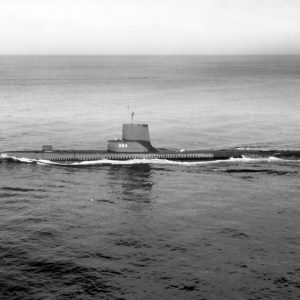 USS Razorback
USS Razorback
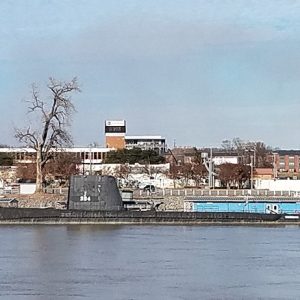 USS Razorback
USS Razorback
USS Razorback
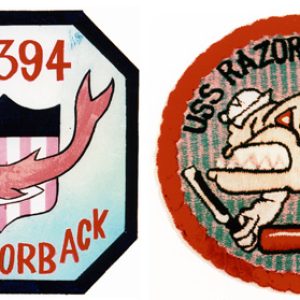 USS Razorback Patches
USS Razorback Patches
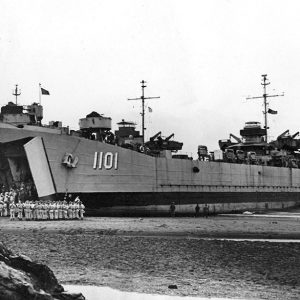 USS Saline County
USS Saline County
USS Saline County (LST-1101)
USS Sebastian (AK-211)
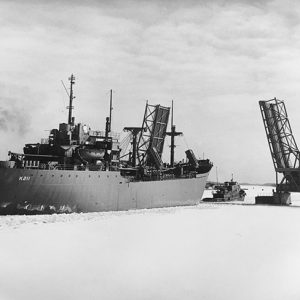 USS Sebastian (AK-211)
USS Sebastian (AK-211)
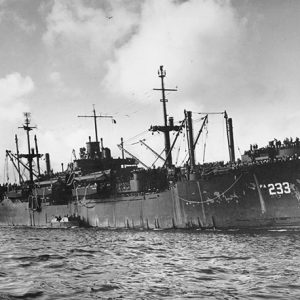 USS Sevier
USS Sevier




